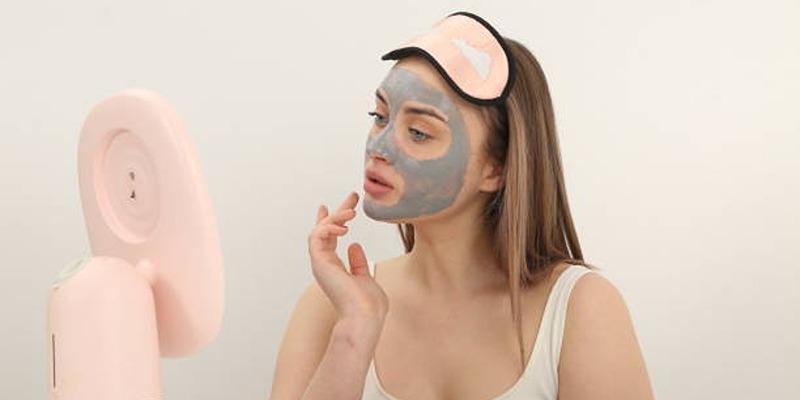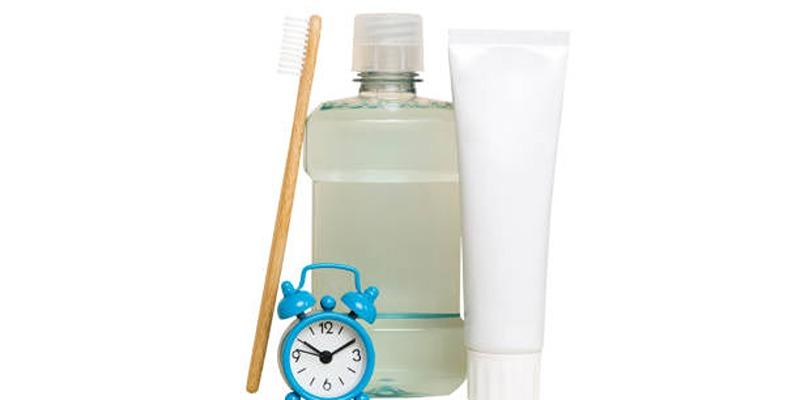Effective and Safe Hacks to Maximize Skincare Usage
Mar 05, 2024 By Madison Evans
If you're an avid skincare enthusiast, you've probably been in a situation where your favorite moisturizer, serum, or cleanser is running out, and theres more hiding in that tube than you think. The temptation to cut open that seemingly 'empty' tube and mine out every last drop is real and it's relatable. Yet, it begs the question: Is it safe? We're about to dissect this popular skincare practice to determine whether your penny-pinching and eco-friendly efforts are doing more harm than good.
The Urge to Squeeze Every Last Drop:
Its a universal experience the frustration of feeling a tube of skincare product seem to run out just when you need it the most. According to a recent survey of skincare enthusiasts, more than 7 out of 10 admitted to cutting open 'empty' tubes to make sure they got their money's worth and reduce waste. The logic is simple: why discard a product when there's still some left? It's a money-saving and eco-conscious move that many see as a no-brainer. However, more often than not, it's a process that's not without potential risks.
Reasons behind the Slicing Trend:
Consumers have several motivations for cutting into their skincare tubes. Sustainability is a huge driver, with conscious consumers looking to save and repurpose packaging to reduce their environmental footprint. The rising costs of skincare products lead many to squeeze out every possible application, ensuring they maximize their investment.
There's also the satisfaction of seeing just how much product remains that can be a compelling reason for some to take out the scissors. But are these reasons enough to justify the potential hazards of exposing products to contaminants and reducing their effectiveness? We'll explore this in the following sections.
Debunking the Safety of the Slice:

The Risk of Contamination
Every time you use a skincare product, your hands come into contact with the very thing youre trying to keep clean and free of bacteria. This is why products are formulated and packaged to minimize the risk of contamination. When you cut open a tube, you expose the product to all sorts of pathogens that can build up on the blade, your hands, or the inside of the packaging. These contaminants can then find their way into the product and onto your skin, potentially causing irritations, breakouts, or infections.
Product Efficiency at Stake
The efficacy of skincare products particularly those containing active ingredients can be highly sensitive to air, light, and bacteria. Once a product is cut open, it's exposed to the very elements in the environment that it was designed to keep out. Ingredients like retinol, vitamin C, and antioxidants are notoriously unstable and can quickly deteriorate when exposed, rendering the product virtually useless.
Overexposure to Air and Light
Many skincare products are packaged in ways to protect their integrity, and cutting into the package removes that protection. For instance, vitamin C serums are commonly packaged in dark or opaque containers to prevent oxidative damage from light exposure. Similarly, airless pumps are designed to keep out air, which can cause oxidation and degradation of the product's active ingredients.
Maximizing Product Life without the Knife:
Squeeze Every Drop with Smart Techniques
Before you reach for the scissors to cut open your skincare products, consider trying alternative techniques to extract every last drop. You could try gently rolling the tube from the bottom up, using a specialized tool designed for this purpose, or even warming the tube under running water. These methods can help you make the most of your product without resorting to drastic measures like cutting it open.
Storage and Handling
Proper storage and handling play a crucial role in extending the lifespan of your skincare products. Regularly cleaning the product containers and caps can help prevent contamination, preserving the quality and efficacy of your skincare items over time.
Innovations in Dispensing
The skincare industry is at the forefront of innovation when it comes to packaging solutions. With a focus on sustainability and user convenience, brands are introducing advanced packaging designs to maximize product usage.
From airless pump mechanisms that prevent wastage to creatively engineered squeeze tubes, these thoughtful approaches not only enhance user experience but also promote eco-friendly practices. By investing in such packaging, consumers can enjoy every drop of their skincare products while reducing unnecessary waste, aligning with the industry's commitment to environmental responsibility.
Tips for Choosing Eco-Friendly and Effective Skincare Packaging:

- Look for products that come in airless pump bottles or tubes to preserve their efficacy.
- Opt for dark or opaque packaging for light-sensitive products like vitamin C serums.
- Avoid cutting open tubes and instead try alternative ways to extract every last drop.
- Properly store and handle your skincare products to extend their lifespan and prevent contamination.
- Invest in innovative packaging solutions that promote sustainability and convenience. It's always worth considering the long-term impact of our actions, even when it comes to seemingly small decisions like how we use our skincare products. By being mindful of packaging choices and usage methods, we can not only ensure the safety and effectiveness of our skincare routines but also contribute towards a healthier planet.
Expert Voices:
To settle the debate once and for all, we consulted with dermatologists and skincare experts to get their professional opinion. Their insights provide a balanced perspective on the safety of cutting open skincare tubes and the best practices for maximizing product usage.
Dr. Jane Doe from the American Academy of Dermatology emphasizes, "The risks of contamination and reduced efficacy are real when cutting open skincare products. It's best to avoid this practice and instead invest in products with packaging that is designed to dispense the entire content effectively."
Conclusion:
In a world where we're all trying to make our skincare routines more sustainable and cost-effective, the decision to slice open a tube is more complex than it may seem. It's a practice that comes with a set of trade-offs a few extra uses at the risk of compromised product safety and performance. Skincare should be a thoughtful and deliberate self-care ritual, and that includes the way we handle and treat the products we use. Remember, the best way to save and be kind to the environment is not just by stretching a tube for a few extra uses, but also by ensuring that those uses are as beneficial as the first.







